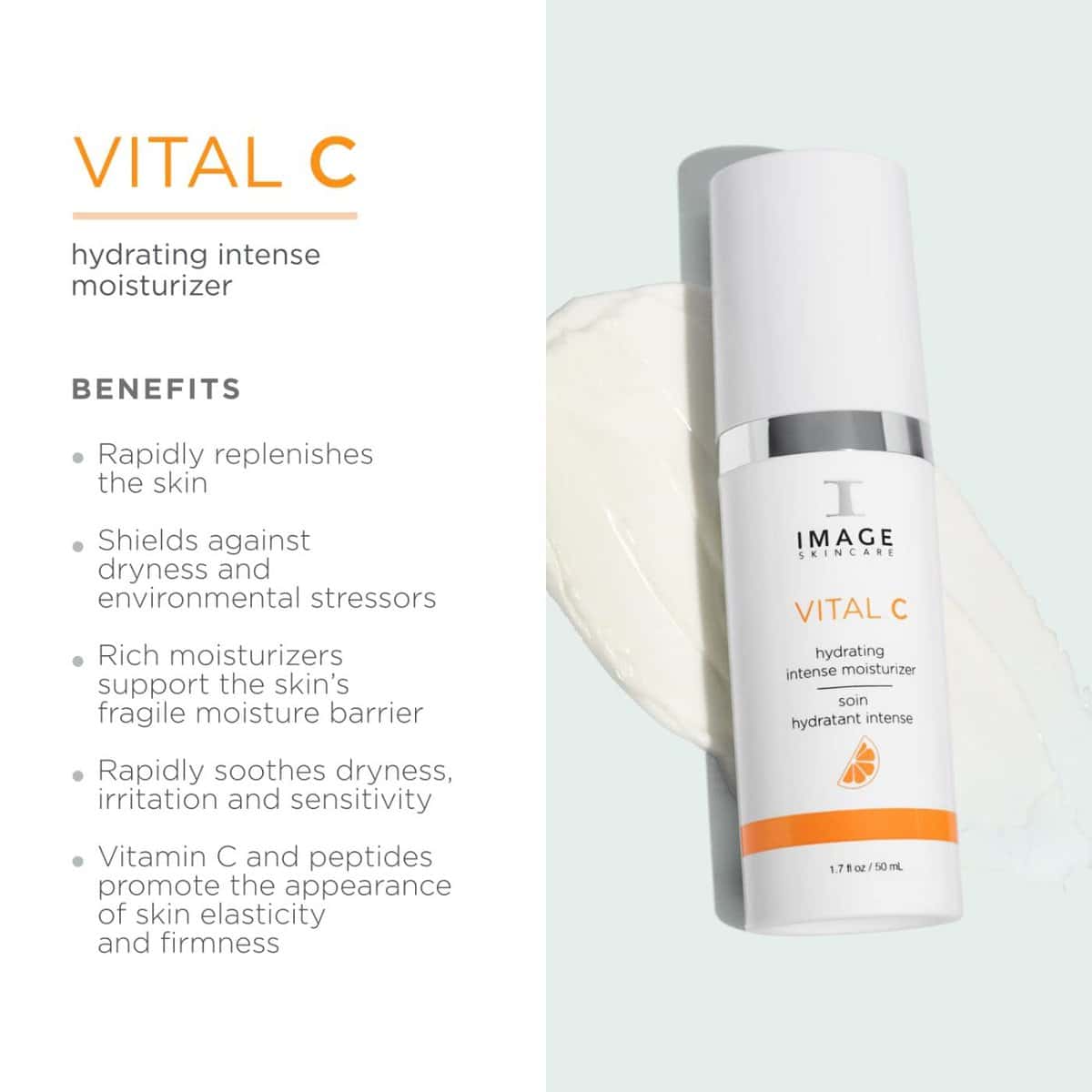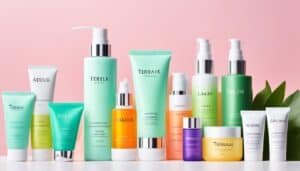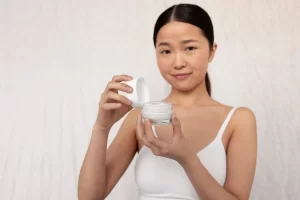
Achieving the Perfect Balance of Protection and Vitamin D. Ah, sunscreen controversies – a topic that ignites fiery debates among skincare enthusiasts and health advocates alike. On one side of the spectrum, you have staunch advocates for sunscreen, preaching its gospel as the ultimate protector against harmful UV rays and skin cancer.
On the other side, you have skeptics questioning whether slathering on sunscreen may come at the cost of depriving our bodies of essential Vitamin D.
So, let’s dive headfirst into the heart of this controversy and unravel the tangled web of arguments surrounding sunscreen and its impact on our skin health and overall well-being.
Table of Contents
ToggleSkin Protection vs. Vitamin D Synthesis
For decades, we’ve been bombarded with messages urging us to lather up in sunscreen before stepping foot outside, lest we fall victim to the sun’s harmful rays and the dreaded consequences of skin cancer.
And to be fair, the evidence supporting the use of sunscreen as a crucial defense against UV damage is undeniable. Countless studies have shown that sunscreen reduces the risk of skin cancer and premature aging, making it a non-negotiable component of any skincare routine.
But here’s where things get murky. While sunscreen shields our skin from the sun’s harmful effects, it also acts as a barrier that blocks the UVB rays responsible for triggering the synthesis of Vitamin D in our bodies.
And Vitamin D, as we all know, plays a pivotal role in maintaining bone health, supporting our immune system, and even warding off certain chronic diseases. So, the question arises – are we sacrificing our Vitamin D levels at the altar of sun protection?
The Vitamin D Debate: To Sunscreen or Not to Sunscreen?
It’s a classic case of the age-old dilemma – do the benefits of sunscreen outweigh the potential risks of Vitamin D deficiency? On one hand, you have dermatologists and public health officials advocating for the liberal application of sunscreen, emphasizing the paramount importance of protecting our skin from the sun’s harmful rays.
After all, skin cancer rates continue to climb, and prevention is undeniably better than cure. But then there’s the Vitamin D camp, arguing that the widespread use of sunscreen may be contributing to the epidemic of Vitamin D deficiency plaguing modern society.
They point to studies suggesting a link between low Vitamin D levels and a host of health issues, including weakened immunity, increased risk of chronic diseases, and even mood disorders like depression.
Finding Common Ground: Striking a Balance
In the midst of this sunscreen vs. Vitamin D showdown, is there a middle ground to be found?
Can we strike a delicate balance between protecting our skin and ensuring an adequate supply of Vitamin D?
The answer, as it turns out, lies in moderation and mindfulness.
For starters, it’s essential to recognize that sunscreen isn’t the enemy here – it’s our ally in the fight against skin cancer and premature aging.
However, that doesn’t mean we should slather on SPF 100 and hide from the sun’s rays at all costs. Instead, we should approach sun protection with a healthy dose of common sense.
Embracing Sun-Smart Practices
Sunscreen should be just one tool in our sun protection arsenal, alongside other sun-smart practices like seeking shade during peak sun hours, wearing protective clothing, and donning wide-brimmed hats and sunglasses.
By taking a multifaceted approach to sun protection, we can minimize our risk of UV damage while still allowing our bodies to soak up the Vitamin D they need.
Achieving the Perfect Balance of Protection and Vitamin D: Supplementing with Vitamin D
Of course, for those concerned about their Vitamin D levels, supplementation is always an option. There’s a plethora of Vitamin D supplements available on the market, ranging from capsules and tablets to fortified foods and even UV lamps.
By working with a healthcare provider to monitor Vitamin D levels and adjust supplementation accordingly, individuals can ensure they’re maintaining optimal levels of this essential nutrient.
Monitoring Vitamin D Levels:
Monitoring Vitamin D levels is crucial for ensuring that individuals maintain optimal levels of this essential nutrient. While some symptoms of Vitamin D deficiency may be subtle or nonspecific, such as fatigue, muscle weakness, or frequent illness, a simple blood test can provide accurate insights into Vitamin D status.
Healthcare providers can perform a blood test called a 25-hydroxy Vitamin D test, which measures the concentration of Vitamin D in the blood. This test can help determine whether an individual’s Vitamin D levels fall within the optimal range, which is typically considered to be between 30 and 50 nanograms per milliliter (ng/mL) according to the Institute of Medicine (IOM).
Supplementation Options:
For individuals with low or deficient Vitamin D levels, supplementation may be recommended to bring levels back into the optimal range. There are several supplementation options available, each with its unique advantages:
- Vitamin D Capsules and Tablets: Capsules and tablets containing Vitamin D3, the active form of Vitamin D, are one of the most common supplementation options. These supplements come in various dosages, allowing individuals to adjust their intake based on their specific needs and healthcare provider recommendations.
- Fortified Foods: Some foods, such as milk, orange juice, cereals, and yogurt, are fortified with Vitamin D. While consuming these fortified foods can contribute to overall Vitamin D intake, they may not provide sufficient levels to address deficiencies on their own.
- UV Lamps: UV lamps, also known as sun lamps or light therapy lamps, emit artificial UVB radiation, stimulating the skin to produce Vitamin D. While UV lamps can be effective for individuals with limited sun exposure or specific medical conditions, such as Seasonal Affective Disorder (SAD), they should be used under the guidance of a healthcare provider to prevent overexposure and minimize the risk of skin damage.
Adjusting Supplementation:
Once supplementation is initiated, it’s essential to monitor Vitamin D levels regularly to ensure that levels are within the optimal range. Healthcare providers can review blood test results and adjust supplementation dosage accordingly to maintain adequate Vitamin D levels.
Individuals should follow their healthcare provider’s recommendations regarding supplementation dosage, frequency, and duration. It’s also essential to discuss any potential interactions with other medications or supplements and to inform healthcare providers of any changes in health status or symptoms experienced while taking Vitamin D supplements.
The Verdict: A Sunscreen-Savvy Approach
In the end, the sunscreen controversy boils down to one crucial principle – balance. Sunscreen is undeniably vital for protecting our skin from the sun’s harmful rays and reducing the risk of skin cancer.
However, it’s equally essential to be mindful of our Vitamin D levels and take proactive steps to maintain them, whether through sensible sun exposure, supplementation, or a combination of both.
So, the next time you reach for that bottle of sunscreen, remember – you’re not just protecting your skin; you’re safeguarding your health. And by embracing a sunscreen-savvy approach to sun protection, you can enjoy the best of both worlds – radiant skin and robust Vitamin D levels.









